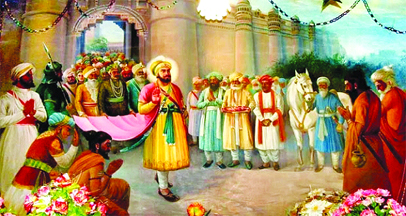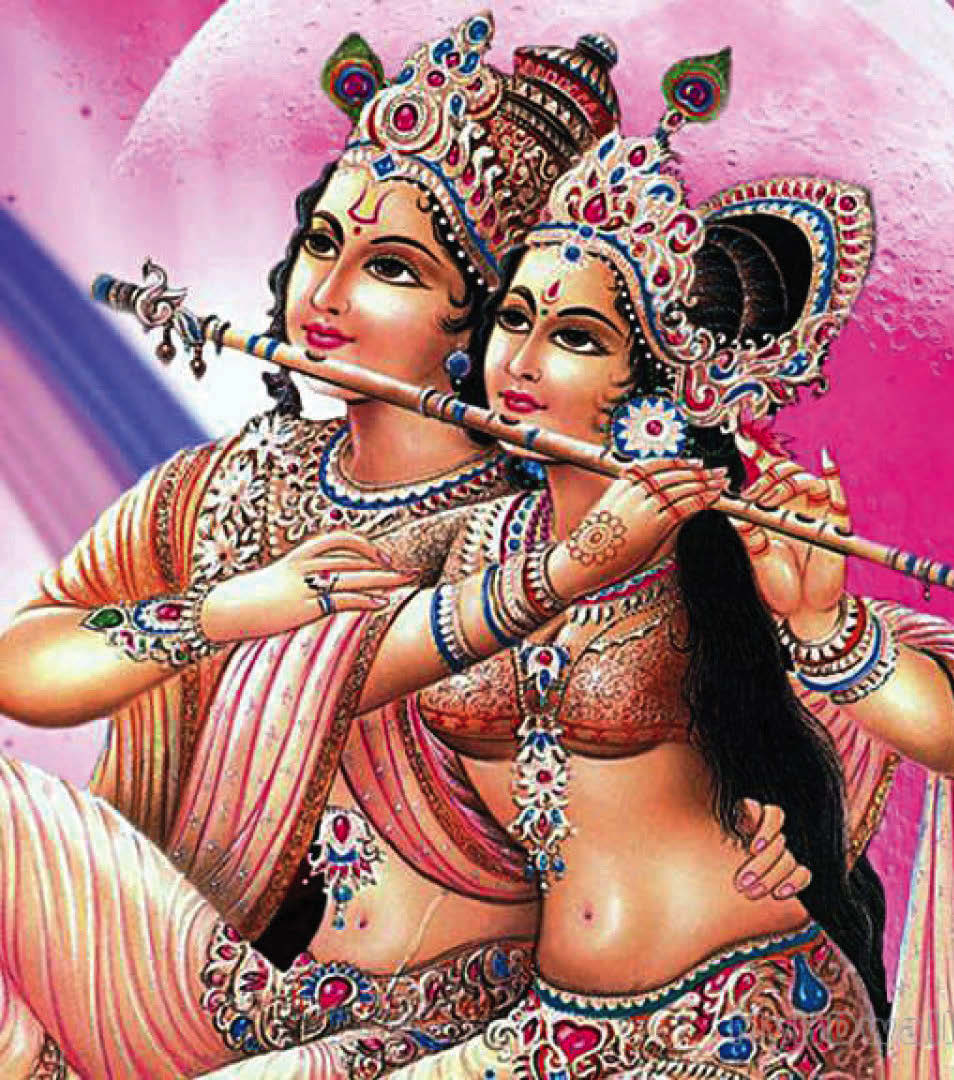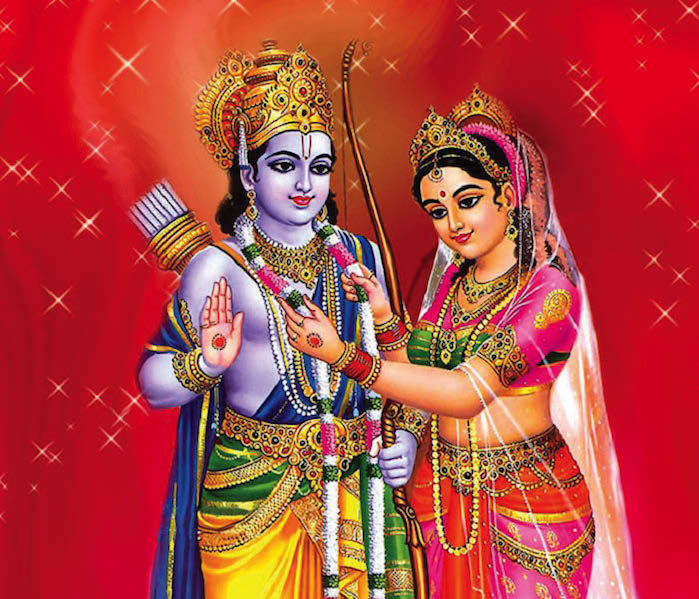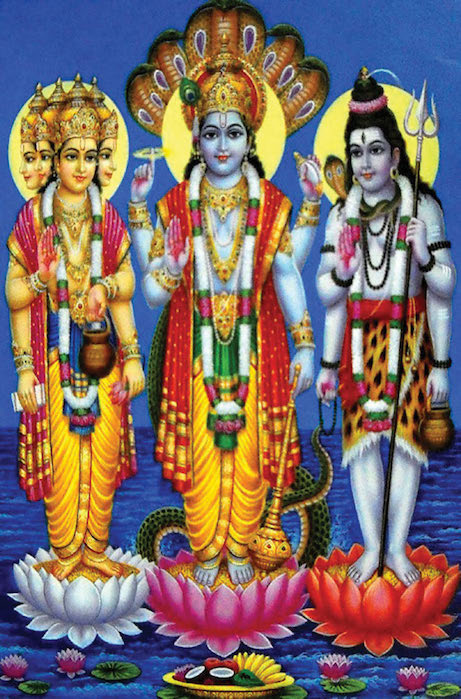
Bandi Chhor Divas is a Sikh celebration that commemorates the day when the sixth Sikh Guru, Guru Hargobind Sahib, and 52 Hindu kings, who were detained during the reign of Mughal Emperor Jahangir, were released from prison. The name translates to “day of liberation” or “release of the captives”.
It coincides with the celebration of Diwali, the Hindu festival of lights. There’s a public misconception that the two celebrations are just the same. Diwali is celebrated by Hindus and has its own significances while Bandi Chhor Divas is a Sikh holiday commemorating the Guru’s release. The only connection between the two holidays is when Guru Hargobind was released and traveled back home to Amritsar, he arrived during the celebration of Diwali.
Bandi Chhor Divas also honors the martyrdom of Bhai Mani Singh who was executed in 1734 because of his refusal to pay religious meeting taxes.
In Sikh history and culture, it is the second most important day after Baisaikhi in the month of April that signifies the creation of the Khalsa by Guru Gobind Singh JI.
Guru Hargobind had been imprisoned in the Gwalior Fort on orders of the Mughal Emperor Jehangir. The reason for the young Guru’s imprisonment was no more than religious bigotry and apprehension of the Emperor and the Mughals about the popularity of the Sikh religion and its growing military power. The Guru’s father, and fifth Guru of the Sikhs, Guru Arjan Dev, had been martyred for similar reasons of religious bigotry.
While in Gwalior Fort Jail, Guru Hargobind came into the acquaintance of 52 Hindu Princes imprisoned there due to evident cases of political persecution and exploitation. They were interned under deplorable conditions by the oppressive Mughal regime. The Guru spent his time in prison looking after them and became their spiritual mentor.
The release of the Guru was negotiated with Emperor Jahangir by two Muslims, Sain Mian Mir, an old loyalist of the Sikh faith and a friend of Guru Arjan Dev Ji and Wazir Khan, the Governor of Lahore and another admirer of the Guru. They convinced the Emperor that the Guru and the Sikhs held no ill will towards the Mughals and as such were not a threat to the Mughal Court as they were made out to be by some with a vested interest. The Emperor realised his folly and agreed to free the Guru.
The Guru agreed to be freed only if the other Hindu Princes were also freed along with him. Jehangir, already under pressure, relented grudgingly and ordained, “Let those Rajah’s be freed who can hold on to the hem of the Guru’s dress and walk out of prison.” Jehangir thought that only a few of the prisoners would be able to come out.
The Guru, however, outmanoeuvred the Mughal Emperor by getting a special dress with a large hemline made. Ultimately, all 52 princes who had been wrongly incarcerated managed to get freedom along with the Guru. Guru Hargobind is also referred to as “Bandi Chor Baba.”
The Sikhs celebrate the auspicious occasion as “Bandi Chor”(release of prisoners) Diwas. The arrival of the Guru at the holy city of Amritsar on Diwali Day was celebrated by lighting of hundreds of lamps. The Sikhs received their Guru in a manner similar to the one adopted by the people of Ayodhya when their beloved Prince came back from exile.
Another important Sikh event associated with Diwali and Bandhi Chor Divas is the martyrdom in 1734 of the elderly Sikh scholar and strategist Bhai Mani Singh. Bhai Mani Singh was the Granthi (Head Priest) and Jathedar (community leader)of Akal Takth as appointed by Guru Gobind Singh. He was killed brutally by the Mughals for refusing to pay them a special tax for a meeting in the Gurdwara to commemorate Bandi Chor Divas.
In 1737 Bhai Mani Singh promised a tribute of Rs 5000/- to the Governor of Lahore, Zakaria Khan, for permission to hold a Sikh congregation in Harmandir Sahib for the Bandhi Chor Divas. The evil Zakaria Khan gave permission but also planned to attack the Sikhs when they congregated. Bhai Mani Singh came to know of the plan and he sent messages stopping the Sikhs from coming for the congregation. Then Bhai Mani Singh told Governor Zakaria Khan that he would not pay the tribute since the congregation had not taken place due to the perfidy of the Mughals. Zakaria Khan got infuriated and ordered the arrest of Bhai Mani Singh. At that old age Bhai Mani Singh was told to convert to Islam or accept death by dismemberment. Bhai Mani Singh refused to accept Islam and was executed at Nakhaas Chowk, Lahore which is now known as Shaheed Ganj (place of martyrdom).





Be the first to comment